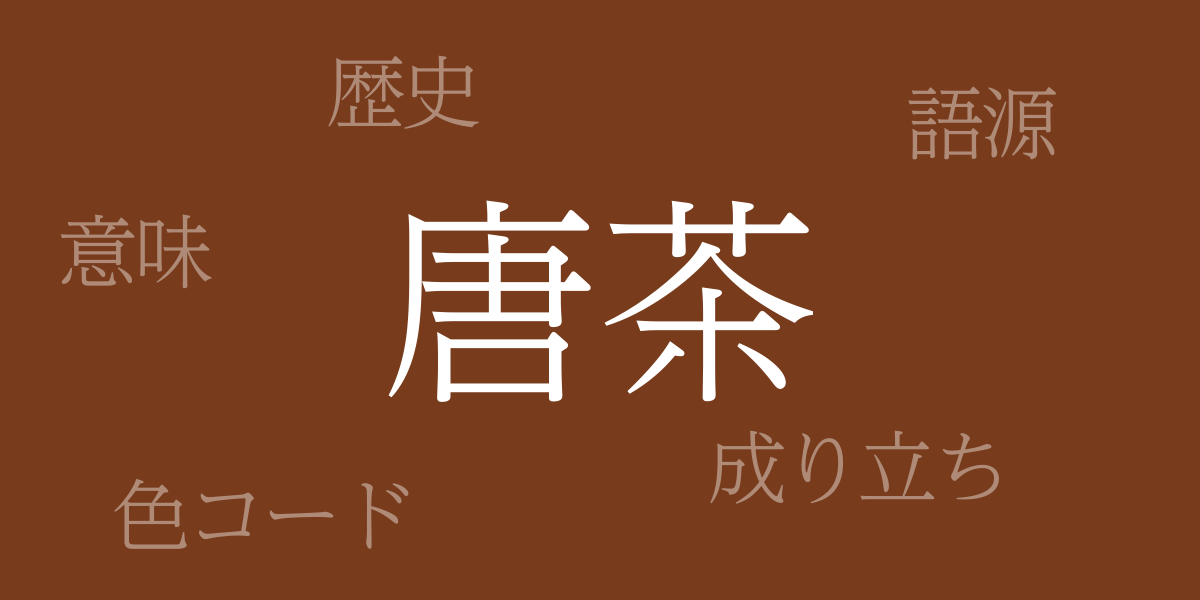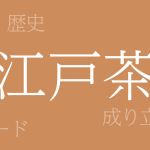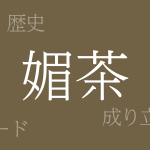The diverse colors of Japan’s four seasons have captivated the world. Among these, the traditional Japanese color “Kara-cha” (唐茶 – からちゃ), with its depth and calm hue, has long attracted many people. This article explores the allure of Kara-cha, delving deep into its color history, color codes, and its Western name. We hope you enjoy the rich expressions of Kara-cha.
About Kara-cha (唐茶 – からちゃ)
Kara-cha (唐茶 – からちゃ) is one of Japan’s traditional colors, characterized by a deep reddish-brown. This color conveys a serene atmosphere along with a unique warmth that evokes the essence of Japanese style. Kara-cha is deeply rooted in Japan’s nature and culture, used extensively in kimonos, ceramics, and even in modern design.
The History of Kara-cha
The name Kara-cha originates from the Tang dynasty in China, suggesting its ancient heritage. In Japan, its use began during the Heian period, where it was highly prized among nobility. Over time, Kara-cha also became valued in the samurai society, especially in tea ceremony contexts, where it was used in tea utensils and tea room decor, forming a close relationship with Japan’s traditional culture.
Color Code of Kara-cha
Accurate color codes are necessary for reproducing Kara-cha in digital design and web production. The following are the color codes for Kara-cha:
- HEX: #783C1D
- RGB: R:120 G:60 B:29
- CMYK: C:52 M:81 Y:100 K:27
Western Name for Kara-cha
The Western name for Kara-cha is “Tawny.” Tawny, which means a reddish-brown in English, expresses the depth and warmth of Kara-cha. This color is popular in Western design fields such as fashion and interior design, suitable for creating an elegant and calm atmosphere.
Conclusion on Kara-cha
Kara-cha, with its history and beauty, is one of the most appealing traditional Japanese colors. Loved since the Heian period, its shade continues to be favored by many today. Knowing the color codes of Kara-cha allows for accurate representation in the world of design, and its Western name “Tawny” enhances international understanding. Kara-cha, evoking the tradition of Wa (harmony), will continue to captivate people’s hearts in the future.

























